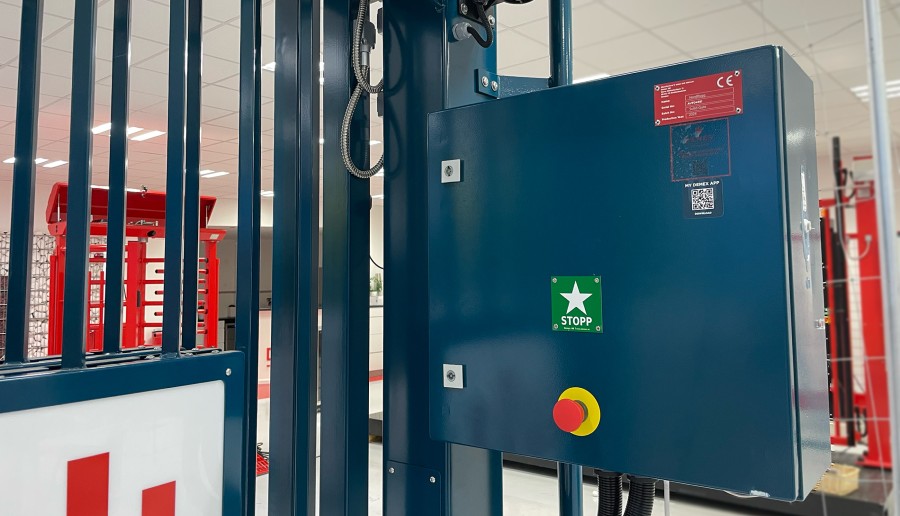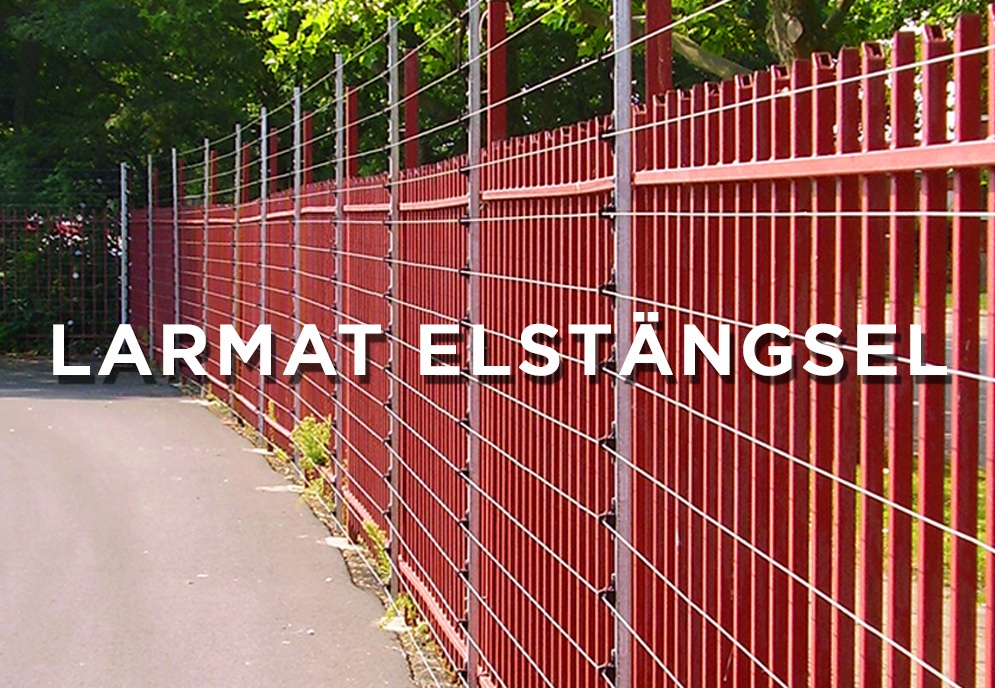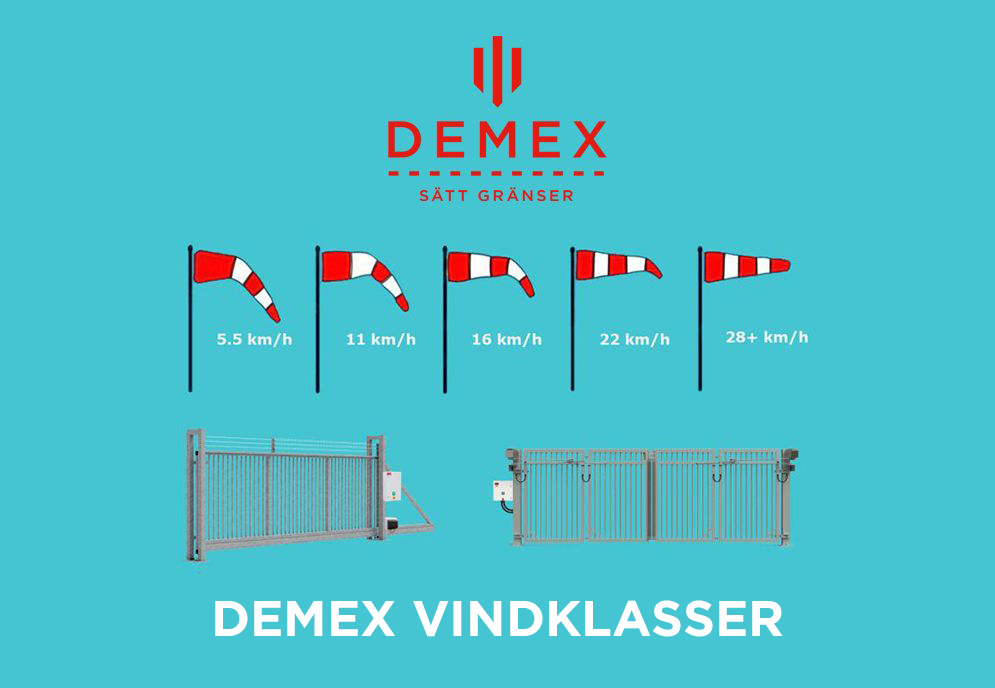
Why CE marking on gates is crucial
CE marking might not be the most exciting topic, but when it comes to safety, legal responsibility, and regulatory compliance, it is absolutely essential. If you are planning, installing, or using gates in places like industrial sites, schools, or construction areas, understanding the importance of CE marking is key. It is not just a symbol; it is a guarantee.
What Is CE Marking?
CE marking means that the manufacturer declares the product meets all relevant European Union directives. For gates, this primarily involves the Machinery Directive, the Construction Products Regulation, and in some cases the Low Voltage Directive.
This is especially important for automated gates, as they are classified as machinery. That classification brings strict requirements for safety features, risk assessments, and proper documentation. So, CE marking is about much more than quality – it is about safety, accountability, and following the law.
What Does It Take For A Gate To Be CE marked?
To apply the CE mark to a gate, the manufacturer must:
- Conduct a risk assessment according to EN ISO 12100 (safety of machinery design).
- Follow relevant standards such as EN 13241 (gates) and EN 12453 (safety in use of motorised gates).
- Test the gate for mechanical strength, stability, and protection against crushing or shearing.
- Prepare comprehensive technical documentation, including user manuals, maintenance instructions, and test results.
- Issue a Declaration of Conformity confirming that all requirements are met.
Only once these steps are completed can the CE mark legally be applied to the product.
What Does This mean for you as a customer or installer?
Choosing CE-marked gates is not just about complying with regulations; it is about having confidence in the safety and reliability of the product. A properly CE-marked gate is safe to operate, even when automated, and the manufacturer takes full responsibility for its design and safety features.
As an installer, this reduces your liability as long as you follow the manufacturer’s installation instructions. Having the correct documentation also makes it easier to handle inspections, audits, and procurement processes.
In practical terms, CE marking clarifies responsibility and protects everyone involved.
What happens if a gate isn’t CE marked?
While manual gates can legally be sold without CE marking, the rules change once a gate is automated.
Using or selling a motorised gate without the proper CE marking can lead to serious legal consequences, including fines and issues with insurance claims. Beyond legal risks, it also increases the chance of accidents and damages trust with customers and partners. CE marking is not merely a formality; it is a critical safety and responsibility issue.
How we work at Demex
At Demex, we take CE marking very seriously. Our gates undergo thorough testing according to the latest standards, and all documentation is meticulously prepared. Our team is ready to support you in choosing the right gate, ensuring correct installation, and providing the necessary paperwork, whether you are a contractor, procurement professional, or end user.
We understand that compliance may not always be top of mind during a project, but it is often the most important factor in the long run. With CE-marked gates from Demex, you can be confident that people, property, and your responsibilities are all safeguarded.
If you want to learn more about our CE-marked gates or how to make sure your facility meets the requirements, please reach out to us. We are happy to guide you through every step of the process.




